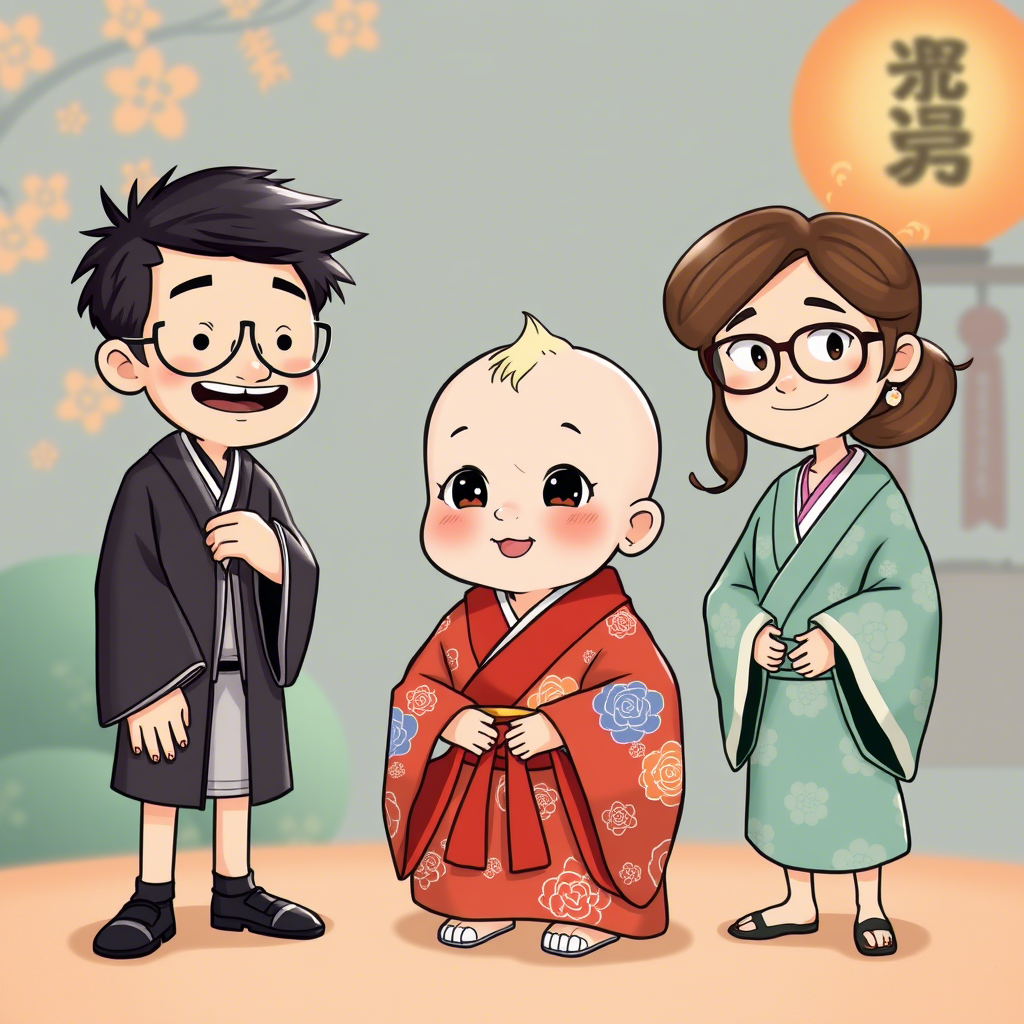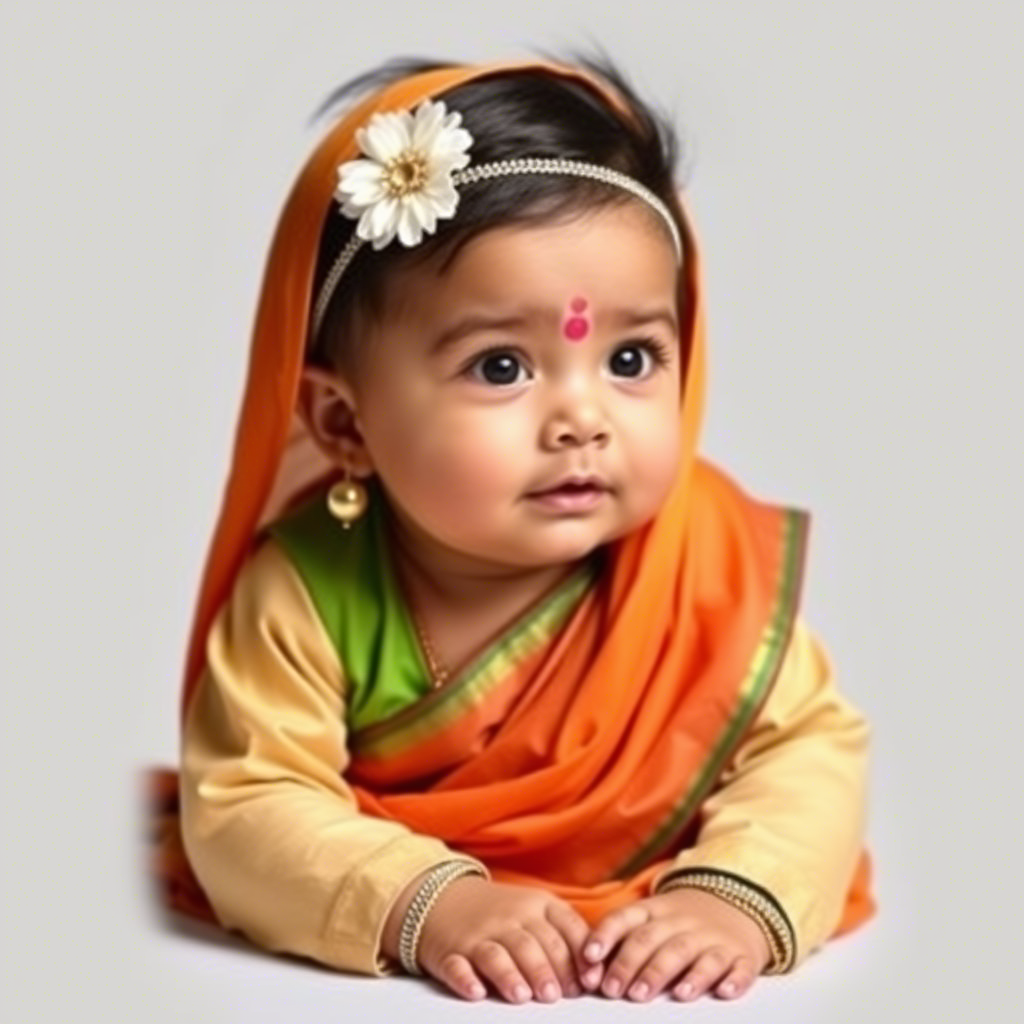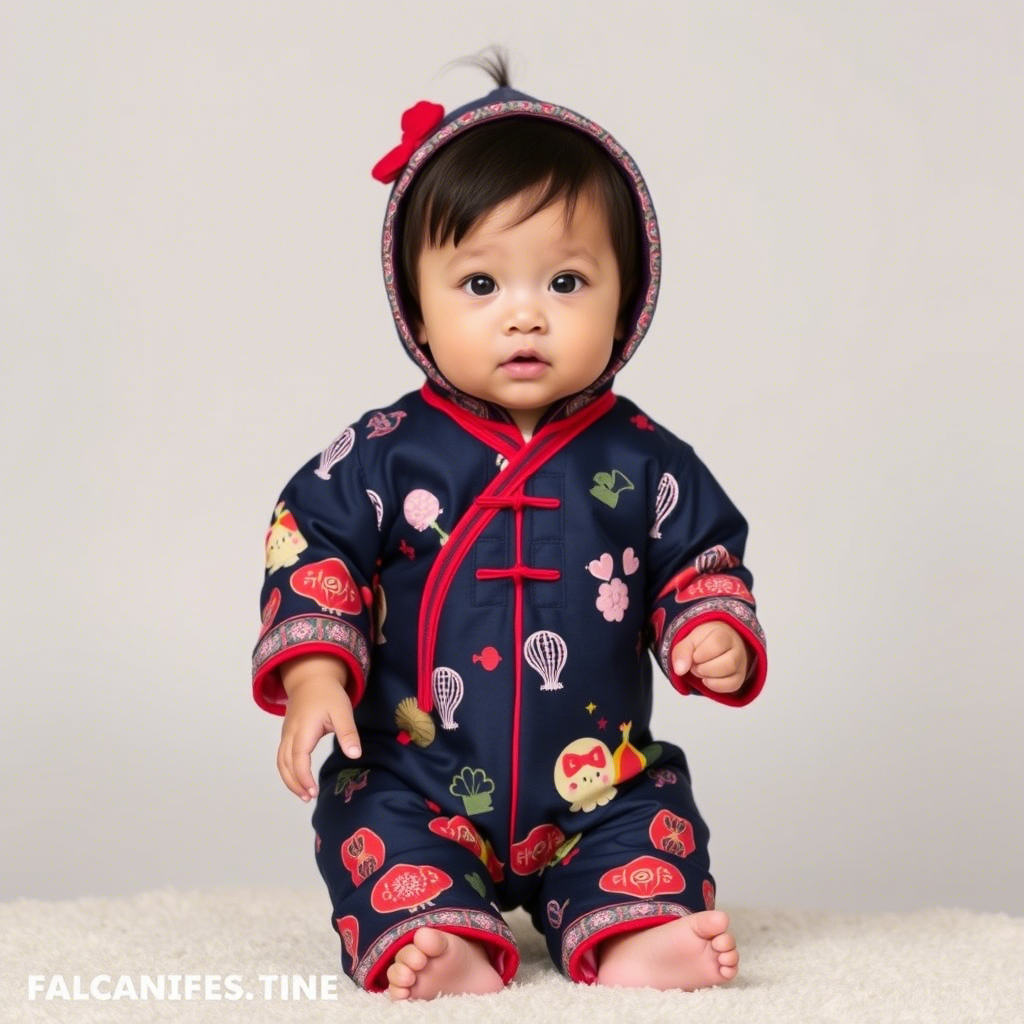Cultural Heritage In Baby Clothing: How Traditional Garments Are Being Reinvented For Modern Babies
Cultural heritage plays a significant role in shaping our identities and connecting us to our roots. In recent years, there has been a resurgence of interest in incorporating traditional elements into modern baby clothing. This trend not only celebrates cultural diversity but also provides a unique way to pass down heritage to the next generation. The blending of traditional garments with modern designs has resulted in a fascinating fusion that is both nostalgic and contemporary. As parents increasingly seek to instill a sense of cultural identity in their children, the demand for culturally inspired baby clothing has grown. This article explores how traditional garments are being reinvented for modern babies, highlighting the significance of cultural heritage in baby clothing.
The Significance of Cultural Heritage in Baby Clothing
Cultural heritage is an essential aspect of a child’s identity, and incorporating it into their clothing can have a lasting impact. Research suggests that exposure to cultural heritage from a young age can foster a sense of belonging and pride in one’s roots. Traditional garments, in particular, hold significant cultural value, as they often symbolize family history, cultural traditions, and community identity. By incorporating these elements into baby clothing, parents can begin to instill a sense of cultural awareness and appreciation in their children.
Preserving Cultural Identity
Preserving cultural identity is crucial in today’s globalized world, where cultural homogenization is a growing concern. Baby clothing that incorporates traditional elements can serve as a tangible connection to a child’s cultural heritage. For instance,  a baby wearing a modern kimono with cartoon characters combines Japan’s rich cultural heritage with contemporary designs, making it appealing to both old and new generations.
a baby wearing a modern kimono with cartoon characters combines Japan’s rich cultural heritage with contemporary designs, making it appealing to both old and new generations.
Promoting Cultural Exchange
Cultural exchange is another significant benefit of incorporating traditional garments into modern baby clothing. As people from different cultural backgrounds interact and share their traditions, there is a growing interest in exploring and appreciating diverse cultural practices. For example, an infant wearing a miniature version of a sari with playful accessories, as seen in  , not only showcases Indian cultural heritage but also introduces it to a broader audience.
, not only showcases Indian cultural heritage but also introduces it to a broader audience.
Supporting Artisanal Industries
The revival of traditional garments in baby clothing also supports artisanal industries that specialize in traditional craftsmanship. By incorporating handmade or culturally significant elements into modern designs, parents can contribute to the preservation of traditional crafts. For those interested in exploring more traditional and modern fusion clothing, boys’ coats with cultural inspirations are a great place to start.
Reinventing Traditional Garments for Modern Babies
The process of reinventing traditional garments for modern babies involves a delicate balance between preserving cultural heritage and incorporating contemporary designs. Designers are achieving this by merging traditional fabrics, patterns, and motifs with modern styles and comfort.
Modernizing Traditional Fabrics
One approach to reinventing traditional garments is by using modern interpretations of traditional fabrics. For example, using cotton or organic materials for traditional Korean hanbok-inspired onesies, as seen in  , makes them more comfortable and practical for everyday wear.
, makes them more comfortable and practical for everyday wear.
Incorporating Contemporary Designs
Incorporating contemporary designs into traditional garments is another way to make them appealing to modern parents. This can involve adding modern patterns, colors, or accessories to traditional outfits. For instance, adding playful accessories to a traditional sari-inspired outfit not only modernizes the look but also makes it more engaging for young children.
Balancing Cultural Authenticity and Modernity
Balancing cultural authenticity with modernity is crucial when reinventing traditional garments. Designers must ensure that the cultural essence of the garment is preserved while making it appealing to modern tastes. This can be achieved by collaborating with cultural experts and communities to ensure that the designs are respectful and accurate representations of the culture.
The Impact of Cultural Heritage on Baby Clothing Industry
The incorporation of cultural heritage into baby clothing has had a significant impact on the industry, driving innovation and diversity in designs.
Driving Innovation
The demand for culturally inspired baby clothing has driven innovation in the industry, with designers exploring new ways to merge traditional elements with modern designs. This has resulted in a wide range of unique and creative clothing options that cater to diverse cultural backgrounds.
Promoting Diversity
Culturally inspired baby clothing promotes diversity by celebrating different cultural traditions and practices. This diversity is reflected in the variety of designs available, ranging from traditional kimonos to sari-inspired outfits. For more diverse and culturally inspired clothing options, exploring collections that blend traditional elements with modern styles, such as those found on Lezon Kids, can be a great resource.
Supporting Cultural Preservation
By supporting culturally inspired baby clothing, parents are contributing to the preservation of cultural heritage. This not only helps to keep cultural traditions alive but also passes them down to the next generation.
Challenges and Opportunities
While incorporating cultural heritage into baby clothing presents several opportunities, it also comes with challenges. Understanding these challenges and opportunities is crucial for designers, parents, and the industry as a whole.
Cultural Sensitivity
One of the significant challenges is ensuring cultural sensitivity in designs. It is essential to be respectful of cultural traditions and practices when incorporating them into modern clothing. This involves being mindful of cultural nuances and avoiding appropriation.
Market Demand
The demand for culturally inspired baby clothing is on the rise, presenting a significant opportunity for the industry. By catering to this demand, businesses can tap into a growing market while promoting cultural diversity.
Educational Opportunities
Culturally inspired baby clothing also presents educational opportunities, allowing parents to teach their children about their cultural heritage. This can foster a deeper appreciation and understanding of cultural traditions.
Conclusion
The incorporation of cultural heritage into baby clothing is a meaningful way to celebrate diversity and pass down cultural traditions to the next generation. By reinventing traditional garments for modern babies, designers are creating unique and culturally significant clothing options. As the industry continues to evolve, it is essential to balance cultural authenticity with modernity, ensuring that cultural heritage is preserved while catering to modern tastes. By doing so, we can promote cultural diversity, support artisanal industries, and provide children with a tangible connection to their roots.

Comments